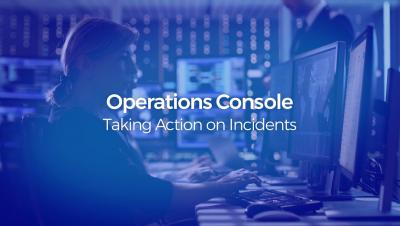Q&A with Alex Hidalgo on SLOs
Alex Hidalgo is a Site Reliability Engineer at Squarespace, and he’s currently writing a book called Implementing Service Level Objectives for O’Reilly Media. The first three chapters of the book are available now through O’Reilly’s early access program. I had a chance to read those chapters and ask Alex some questions about service level objectives and reliability. Thanks, Alex, for sharing your knowledge.











